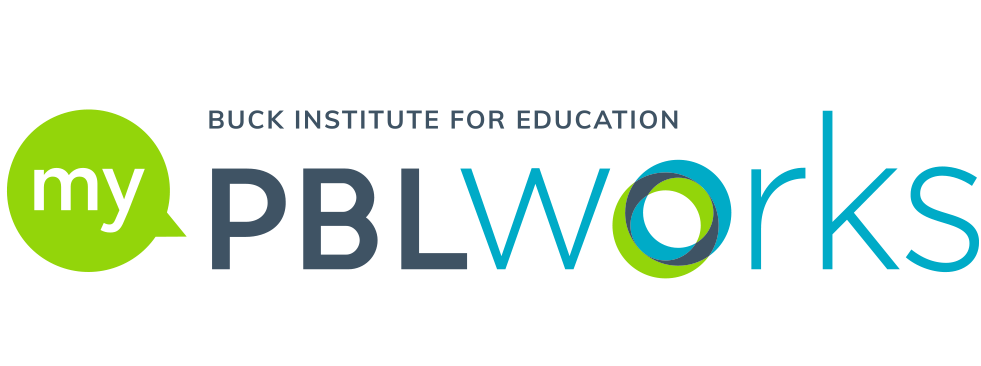How to Begin Building a PBL Culture Right from the Start
Effective Project Based Learning is not just about designing a good project and managing it well; it’s also about creating the right culture in your classroom. It’s hugely important, and that’s why we made “Build the Culture” chapter one of our book Project Based Teaching.
As our author Suzie Boss said: “Classroom culture takes on particular significance in PBL. When the goal is to foster inquiry, risk taking, persistence, and self-directed learning, culture is too important to leave to chance. Building the right culture for PBL requires ongoing effort and attention by both teachers and students. Instead of being hidden, a PBL culture needs to be openly constructed, reinforced, and celebrated.”
It's important to begin the new school year with culture-building.
If you don’t, think how students used to a traditional classroom culture would feel if they were suddenly immersed in a project that asked them to take risks, to work independently from the teacher, to collaborate, to engage in critique and revision and all the other elements of Gold Standard PBL. They would feel like strangers in a strange land.
In a traditional classroom culture, after all, you would typically find:
- Teachers giving instructions or information as students listen passively
- Rules established by the teacher
- Rows of individual desks
- Students working individually (and in some classrooms in secondary schools, not well known by their teacher)
As I discussed in this blog post and this post, PBL teachers begin the school year with a mini-project or some combination of activities that will set students up for success when you launch your first PBL unit.
Here are 4 ideas for building a PBL culture, starting on Day One...
Develop relationships among and with your students.
Get to know your students quickly, perhaps by having them take a survey of their interests and strengths, or creating a poster or infographic about themselves. This will help you later with another Project Based Teaching Practice, “Engage and Coach,” and design projects that are authentic for students.
Have them get to know each other better, too, even if they think they already know their classmates from prior years. My students always enjoyed “scavenger hunts” to find out things they had in common with and things that were unique about their classmates. Use fun activities, from games to physical challenges to mental challenges—with a debriefing for reflection—as team-builders to prepare them for the collaboration to come in projects.
Co-create classroom norms.
Some PBL teachers (like Maggie McHugh at the La Crosse Design Institute, a new member of our National Faculty) prefer to call norms “community agreements” because it emphasizes something key in a PBL culture: that the classroom is a community of learners, including the teacher.
Instead of laying down the law in a top-down way, like traditional classroom rules, facilitate a process for students to generate norms, then reach consensus on a list (not too long) for the whole class and post them on the wall.
Practice protocols and establish routines.
It will help immensely during projects if students are already familiar with protocols and routines; you won’t slow the project down by having to teach them a new process, and you’ll see greater participation and depth of thinking. Practice protocols for critique and revision like the charrette, gallery walk, and tuning protocol—and keep it low-stakes, ungraded, and even fun.
Some teachers, for example, share something they’ve created (which could be silly or obviously flawed) and ask for critique. Practice routines for things like assigning team roles and tasks, using project management tools, design thinking, doing online research, and interviewing experts.
Design a physical classroom environment conducive to Project Based Learning.
This is obviously something you’d start before Day One, although involving students in creating the physical space in their classroom is a good idea too.
Think flexible seating, work stations, easily-accessible storage space, rugs, plants, soft lighting… and student work (perhaps from the previous year’s projects) on the walls, to be replaced by this year’s students’ work. It all sends a message about what it means to work PBL-style.
To view or download this resource, log in here.
Login